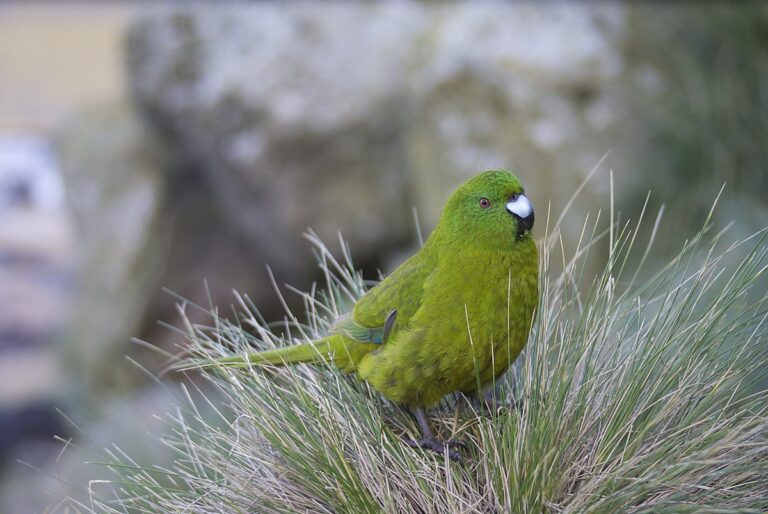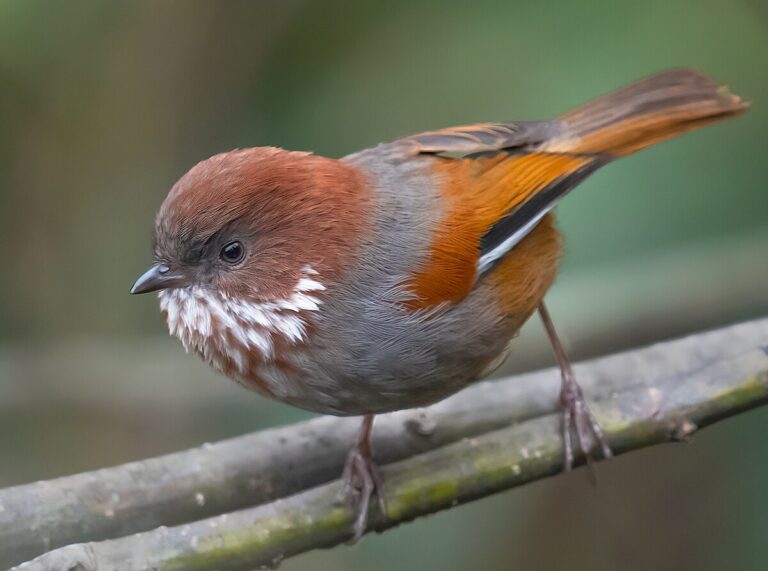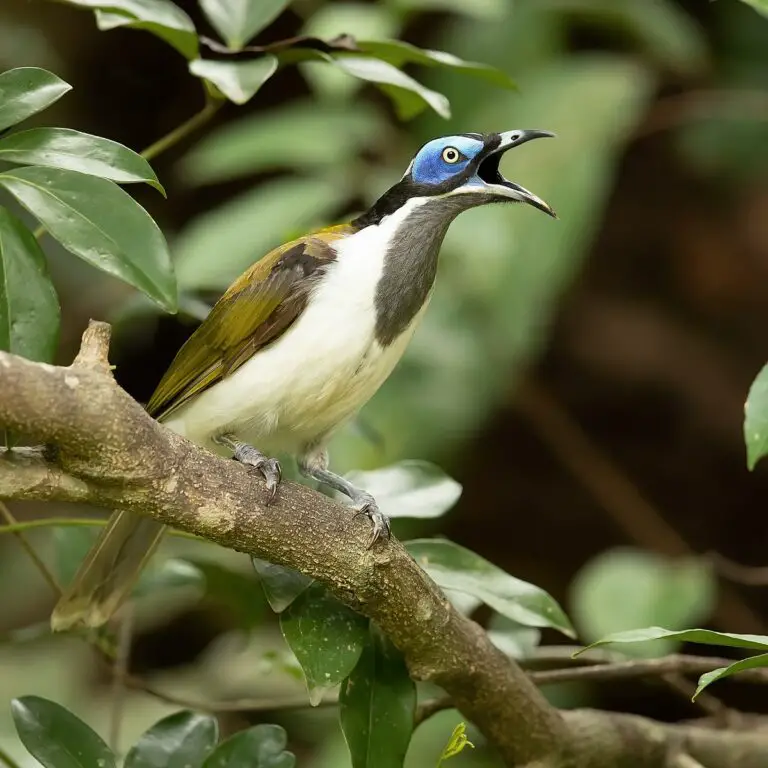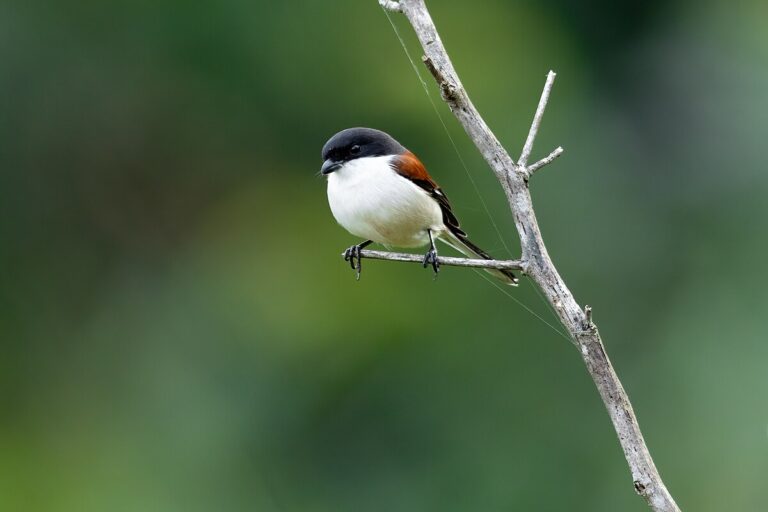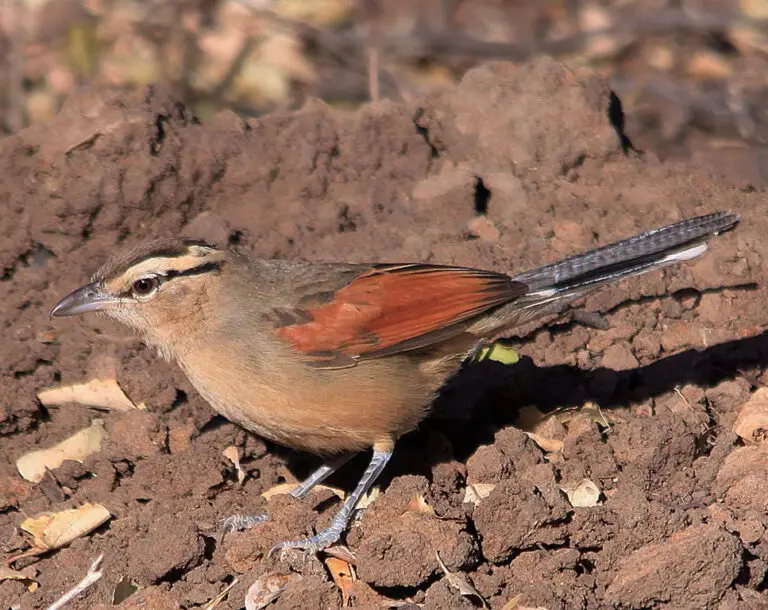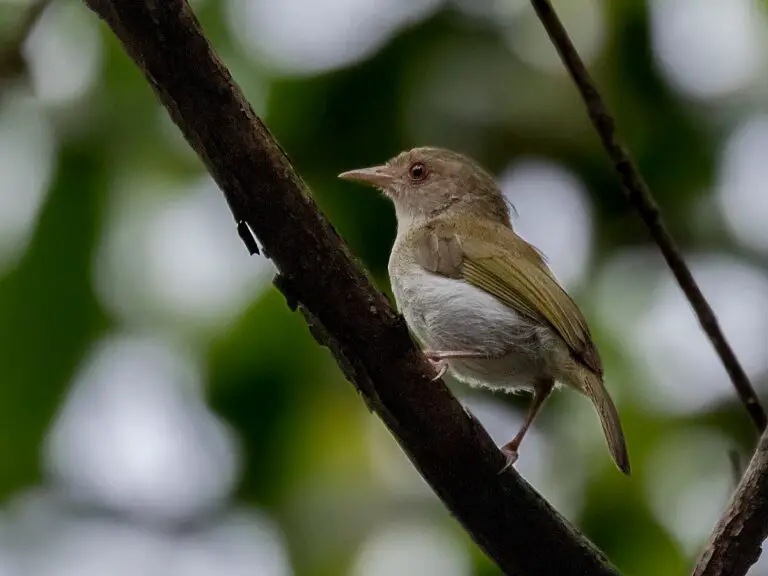Pigeon
“They can find their way back to their nests from up to 1300 miles away.”
Pigeons, scientifically classified as follows:
- Kingdom: Animalia
- Phylum: Chordata
- Class: Aves
- Order: Columbiformes
- Family: Columbidae
Their conservation status is “Least Concern,” indicating that they are not currently facing significant threats to their population. Pigeons are found in various regions across the globe, including Africa, Asia, Central America, Eurasia, Europe, North America, Oceania, and South America. They have adapted well to urban environments and are commonly seen in cities worldwide.
Pigeons, also known as rock doves or common pigeons, are fascinating birds with a variety of characteristics:
- Prey: They primarily feed on grain, seeds, berries, fruits, and occasionally insects, snails, and earthworms.
- Fun Fact: Pigeons possess an exceptional homing ability, capable of finding their way back to their nests from distances of up to 1300 miles.
- Estimated Population Size: There are approximately 400 million pigeons worldwide.
- Biggest Threat: Human interference, including pest control and urbanization, poses the greatest threat to pigeon populations.
- Most Distinctive Feature: Male pigeons often exhibit a white rump and metallic purple/green iridescence.
- Other Name(s): Common pigeon, rock dove.
- Wingspan: Ranges from 19.7 to 26.4 inches.
- Incubation Period: Typically lasts 14-19 days.
- Habitat: Pigeons are commonly found in towns, cities, farmlands, fields, and rocky cliffs.
- Diet: They are omnivores, feeding on a variety of foods.
- Type: Pigeons belong to the bird class.
- Common Name: Pigeon or dove.
- Number Of Species: There are around 250 species of pigeons.
- Location: Pigeons are found on all continents except Antarctica.
- Nesting Location: They often build their nests on buildings or rocky cliffs.
- Age of Molting: Pigeons start molting around 12-19 days old.
Physical Characteristics:
- Color: Pigeons come in various colors, including brown, grey, and white.
- Skin Type: Their bodies are covered in feathers.
- Top Speed: Pigeons can reach speeds of up to 95 mph.
- Lifespan: On average, pigeons live for about 6 years.
- Weight: They typically weigh between 9.3 to 13.4 ounces.
- Height: Pigeons stand at around 25-35 centimeters tall.
- Length: Their length ranges from 11.8 to 14.2 inches.
Pigeons are incredibly diverse, with over 300 species distributed worldwide. They belong to the family Columbidae, which includes both pigeons and doves. Scientifically, pigeons and doves are the same, with the term “doves” often used colloquially to refer to smaller species of pigeons. This family encompasses a wide range of species, each with its own unique characteristics and adaptations to various habitats and environments.
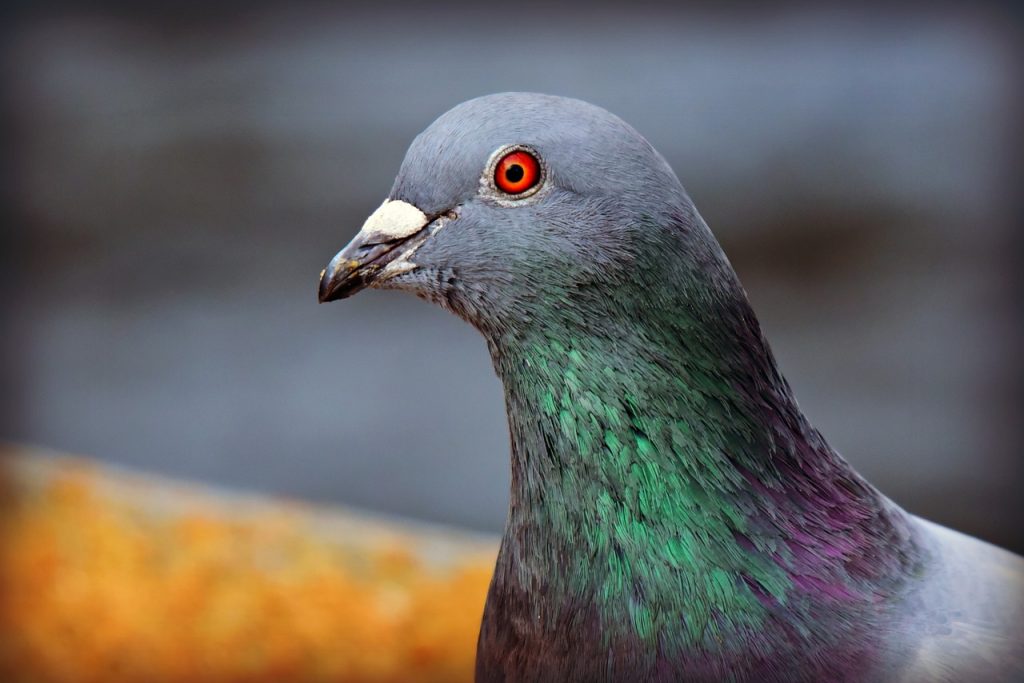
5 Amazing Pigeon Facts!
- Colorful Plumage: Certain species of pigeons bred in captivity showcase a stunning array of colors and patterns, making them visually striking birds.
- Interchangeable Names: In scientific terms, the terms “pigeon” and “dove” are interchangeable. For instance, the rock pigeon is also known as the rock dove.
- Origin of Name: The name “pigeon” is derived from the Latin word “pipio,” which means “peeping chick,” reflecting their characteristic calls.
- Exceptional Homing Ability: Pigeons possess an extraordinary homing instinct. If displaced, they can navigate and fly back to their home roost from distances of up to 1300 miles, demonstrating remarkable navigational skills.
- Intelligence and Hearing: Pigeons are known to be highly intelligent animals, capable of solving complex problems and learning tasks. Additionally, they have unique adaptations for hearing, including the ability to detect infrasound frequencies, making them among the best hearing animals in the world.
These remarkable traits contribute to the adaptability and success of pigeons in various environments, from urban landscapes to rural settings.
Where To Find Pigeons
Pigeons truly have a global presence, being found in a vast range of environments across the world, except for the extreme conditions of the Antarctic ice and the arid expanse of the Sahara Desert. They are adaptable birds that can thrive in diverse biomes, including grasslands, forests, and urban areas.
Among the various pigeon species, the rock dove, also known as the common pigeon, holds the title for being the most widely distributed. This species has successfully established feral populations in cities worldwide, making it a familiar sight in urban landscapes across the globe. Their ability to adapt to urban environments has contributed to their widespread presence in cities, where they often find ample food and shelter resources.

Scientific Name
That’s an interesting insight into the origin of the name “Columbidae”! The etymology linking it to the Old Irish word “Columb” for dove, and the potential influence of figures like St. Columba of Iona, adds a layer of historical and cultural context to the naming of this bird family. St. Columba, often referred to as the “dove of the church,” was a prominent figure in early Christianity, known for his missionary work and founding of monastic communities. It’s fascinating to see how linguistic and cultural elements intertwine with scientific nomenclature, providing a glimpse into the rich tapestry of human history and language.
Evolution And Origin
The notion that pigeons, specifically the rock pigeon or rock dove, may have descended from dinosaurs like the velociraptor is an intriguing hypothesis, although it’s important to note that this idea is still debated among scientists and paleontologists.
It’s true that birds are considered modern descendants of theropod dinosaurs, which include creatures like velociraptors and tyrannosaurus rex, the exact evolutionary lineage and connections between specific dinosaur species and modern birds are complex and not fully understood. The transition from dinosaurs to birds occurred over millions of years through a process known as avian evolution, involving numerous intermediate forms and adaptations.
The earliest known pigeon, Gerandia calcaria, dates back to the Miocene era, around 23 million years ago, and was discovered in what is now France. However, the direct ancestry of pigeons, including the rock pigeon, is still subject to ongoing research and discovery within the broader context of avian evolution.
While the idea of dinosaurs evolving into birds is captivating, it’s essential to rely on evidence-based scientific research and fossil records to understand the evolutionary history of species accurately.
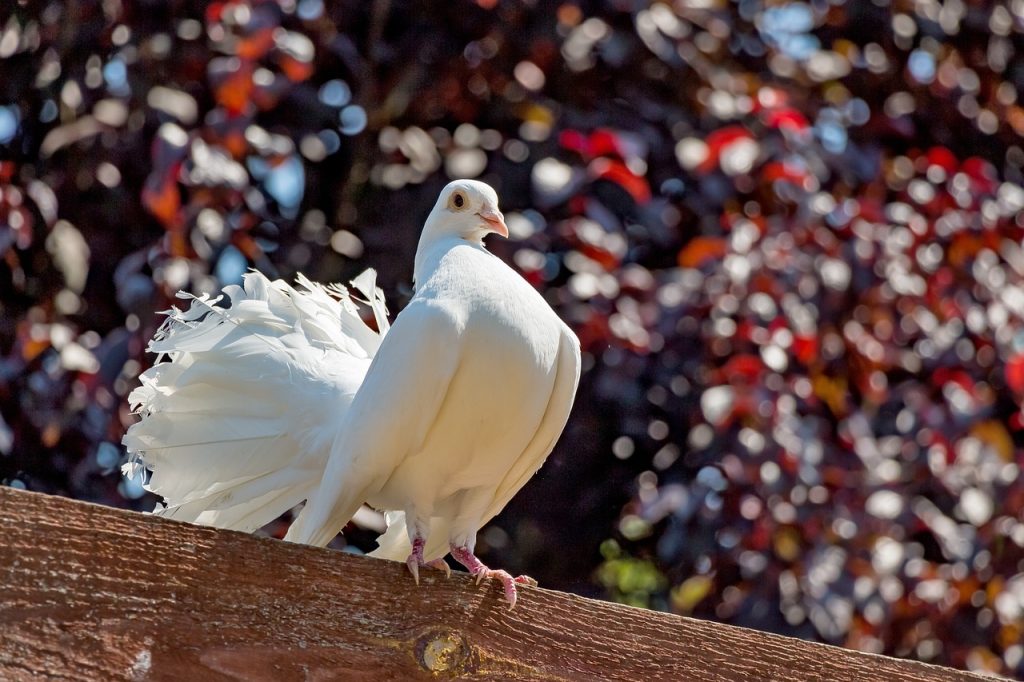
Types Of
Pigeons are a diverse group of birds, with over 300 species found across the globe. They belong to the genus Columba, which also includes doves, and are part of the family Columbidae. Interestingly, the pigeon shares a common ancestry with the now-extinct flightless Dodo bird, both belonging to the broader group of columbiform birds.
Here are a few examples of the many species of pigeons:
- Egyptian Swift Pigeon: Known for its swift flight and found in regions across Africa and parts of the Middle East.
- Oriental Roller: Recognized for its acrobatic rolling flight displays, this species inhabits various habitats across Asia.
- Ice Pigeon: A distinctive pigeon species known for its elegant appearance and found in parts of Europe and Asia.
- Brunner Pouter: Characterized by its puffed-out chest and upright stance, this pigeon breed is popular among pigeon fanciers.
- Carneau: A domestic pigeon breed known for its robust build and gentle disposition, often kept for exhibition or as pets.
These examples showcase the diversity of pigeons in terms of appearance, behavior, and habitat preferences, reflecting their widespread distribution and adaptation to various environments worldwide.
Appearance
Pigeons indeed exhibit a remarkable diversity in terms of size, shape, and coloration across different species:
- Size Range: Pigeons can vary significantly in size, ranging from as small as 6 inches to over 2 feet long. The crowned pigeon, for instance, is the largest species and can reach sizes comparable to a turkey.
- Physical Characteristics: Pigeons typically have bulky bodies due to their flight muscles, along with small beaks adorned with two fleshy ceres near the face. They often feature a ring of skin around their eyes. Their beaks tend to be short, and they have short legs with tiny heads atop long necks. Pigeons also come in an astonishing array of colors and patterns, with some species displaying crests and iridescence on their bodies. Certain domestic pigeon varieties, like the white ice pigeon, even have feathers on their feet. Many of these colorful domestic breeds trace their lineage back to the humble gray rock pigeon.
- Pigeon vs. Dove: Scientifically, the terms “pigeon” and “dove” are interchangeable, referring to birds of the family Columbidae. Linguistically, however, smaller members of this family are often referred to as doves, while larger ones are called pigeons. Despite this convention, there are exceptions, and some species are referred to by both terms. For example, Columba livia is known as the rock dove, rock pigeon, and common pigeon interchangeably.
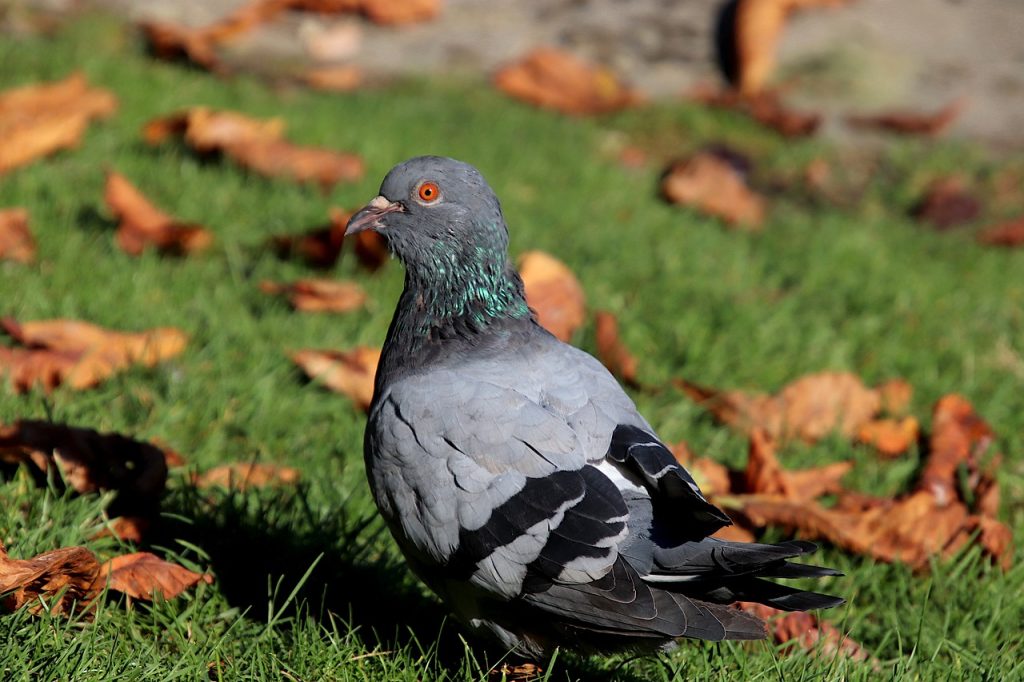
Behavior
- Social Structure: Some species of pigeons are solitary, while others form large social groups known as flocks. These flocks can vary in size, ranging from small gatherings to massive congregations, especially in urban areas where food sources are abundant.
- Roosting Behavior: Most pigeon species are active during the day and roost at night, seeking shelter in trees, cliffs, buildings, or other structures. Roosting together provides warmth, protection from predators, and social interaction.
- Daily Activities: Pigeons spend much of their day engaged in grooming activities, such as preening and sunning themselves. Preening helps maintain the condition of their feathers and remove parasites. Sunning helps regulate their body temperature and absorb essential vitamins.
- Bathing: Pigeons also engage in bathing behavior, either by bathing in water sources like puddles, ponds, or birdbaths, or by dust bathing in dry soil or dust. Bathing helps keep their feathers clean and removes excess oil.
- Navigation and Travel: Pigeons have a remarkable ability to navigate and find their way back to familiar locations, making them historically valuable as messengers and navigators. They possess an excellent sense of place and orientation, relying on visual landmarks, the Earth’s magnetic field, and possibly even olfactory cues to navigate over long distances. This innate navigational ability has been extensively studied and utilized throughout history, from ancient civilizations to modern scientific research.
Pigeons’ social behavior, daily routines, and navigational prowess contribute to their adaptability and success in various environments and their historical significance in human societies.
Diet
Pigeons are omnivorous birds with a varied diet:
- Natural Diet: In their natural habitat, pigeons primarily feed on berries, nuts, seeds, and fruits. They may also consume insects and other invertebrates found in their environment.
- Scavenging: In populated areas, feral pigeons often scavenge for food scraps, taking advantage of human habitation to supplement their diet with discarded food items.
- Pigeon Milk: Young pigeons, known as squabs, initially feed on a substance called “pigeon milk,” which is produced by their parents. Pigeon milk is a regurgitated secretion that resembles a liquid and provides essential nutrients for the growth and development of the chicks.
- Water Consumption: Pigeons have a unique ability among birds to suck water through their beaks, which allows them to drink water without the need for raising their heads to swallow, unlike many other bird species.
Predators And Threats
Snakes and birds of prey are among the most significant predators of pigeons:
- Snakes: Certain species of snakes, such as rat snakes and kingsnakes, are known to prey on pigeons, particularly when they nest in trees or on cliffs where snakes can access their nests.
- Birds of Prey: Raptors like hawks, falcons, and owls are also significant predators of pigeons. They hunt pigeons both in flight and while roosting or nesting.
To mitigate the risk of predation, pigeons have developed several adaptive strategies:
- Flocking Behavior: Pigeons often flock together in large groups, especially during roosting and feeding times. This flocking behavior provides safety in numbers, making it more challenging for predators to target individual birds.
- Short Nesting Cycle: Pigeons typically have a relatively short nesting cycle, with rapid reproduction and high breeding rates. This allows them to replace losses from predation quickly and maintain their population levels despite predation pressure.
- Vigilance and Alertness: Pigeons are also vigilant and alert creatures, capable of detecting predators and responding quickly to potential threats. They rely on visual and auditory cues to identify predators and take evasive action when necessary.
By employing these strategies, pigeons can reduce their vulnerability to predation and increase their chances of survival in their natural habitats, where predators pose a constant threat.
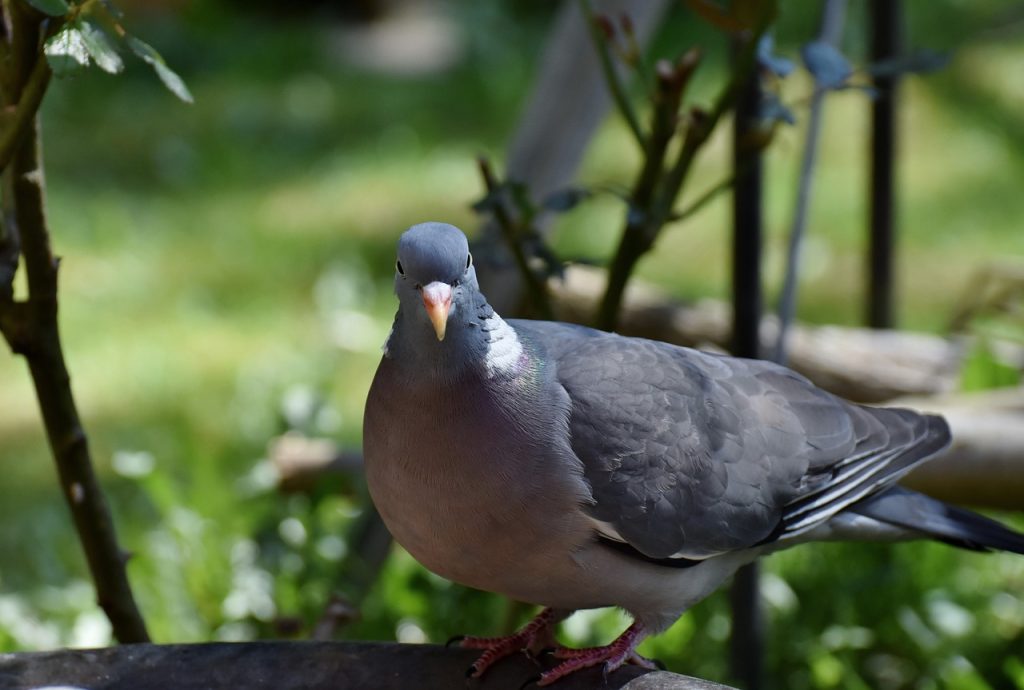
Reproduction, Babies, And Lifespan
Pigeons exhibit monogamous mating behavior and engage in elaborate courtship displays to attract mates:
- Monogamy: Pigeons typically form monogamous pairs during the breeding season, with individuals mating exclusively with one partner.
- Courtship Displays: Males often perform elaborate courtship displays to attract the attention of females. These displays can include puffing out their chests, bowing, cooing, and various ritualized behaviors to demonstrate their suitability as mates.
- Nesting Habits: Pigeons build flimsy nests constructed from twigs, leaves, and other materials, often located at the tops of trees or along rocky cliffs. Both parents participate in nest building and care for the eggs and young.
- Reproductive Cycle: Female pigeons may lay multiple clutches of eggs throughout the breeding season, with each clutch typically consisting of two eggs. However, depending on factors such as food availability, a nest may contain anywhere from one to three eggs.
- Parental Care: Both male and female pigeons take turns incubating the eggs and feeding the nestlings. Pigeon chicks are fed a substance known as “pigeon milk,” which is regurgitated by the parents and provides essential nutrients for their rapid growth and development.
- Weaning: Some pigeon species continue to feed their chicks pigeon milk until they leave the nest, while others gradually introduce solid foods as the chicks mature. This transition from pigeon milk to solid foods marks an important stage in the chick’s development as it prepares to fledge and become independent.
Population
While the Columbidae family boasts a vast population of over 400 million birds globally, certain species face critical challenges. Endangerment, critical endangerment, and even extinction threaten some members. Approximately 30% of species, as per the 2012 IUCN Red List, fall under threatened or near-threatened categories. Preserving habitats from destruction emerges as the primary strategy for safeguarding these species. Intriguingly, human introductions have led to significant population surges in select species.
Conclusion
Pigeons are remarkable birds that exhibit a wide range of behaviors, adaptations, and ecological roles. From their diverse habitats and diets to their unique reproductive strategies and navigational abilities, pigeons demonstrate remarkable resilience and adaptability in various environments. Despite facing threats such as habitat destruction and predation, their abundance and widespread distribution make them an integral part of ecosystems worldwide. Conservation efforts aimed at protecting their habitats and addressing human-induced impacts are crucial for ensuring the continued survival and well-being of pigeon populations.
